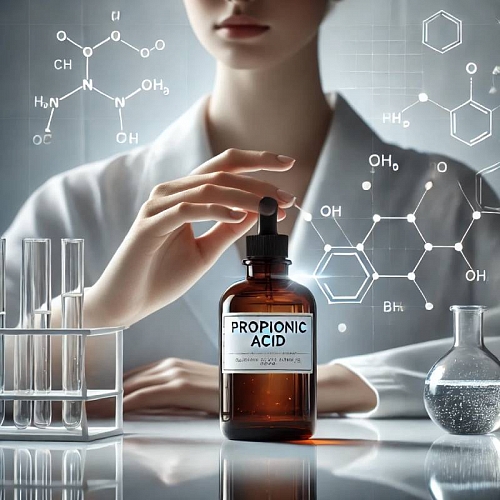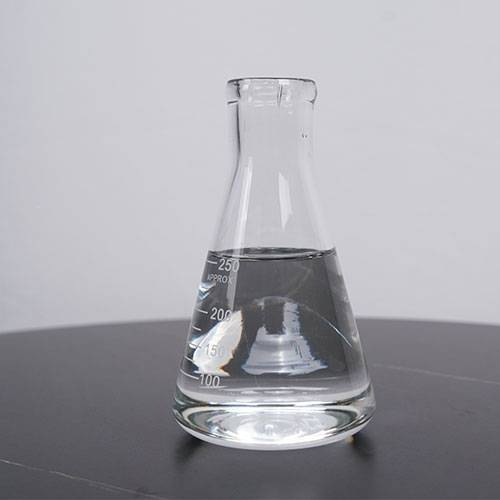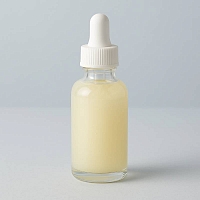-
 Absolutes
Absolutes
-
 Active Complexes
Active Complexes
-
 Actives and Peptides for Cosmetics
Actives and Peptides for Cosmetics
-
 Amino Acids
Amino Acids
-
 Food Flavorings
Food Flavorings
-
 Ayurveda
Ayurveda
-
 Vitamins
Vitamins
-
 Gelling Agents and Thickeners
Gelling Agents and Thickeners
-
 Hydrosols and Floral Waters
Hydrosols and Floral Waters
-
 Hydrolyzed Proteins
Hydrolyzed Proteins
-
 Fragrant and aromatic substances
Fragrant and aromatic substances
-
 Acids, Salts, Alcohols, and Alkalis
Acids, Salts, Alcohols, and Alkalis
-
 Preservatives and Antioxidants
Preservatives and Antioxidants
-
 Cosmetic Raw Materials
Cosmetic Raw Materials
-
 Dyes, Pearlescents, and Glitters
Dyes, Pearlescents, and Glitters
-
 Face Masks, Scrubs, and Dried Flowers
Face Masks, Scrubs, and Dried Flowers
-
 Oils, batters, macerates, oil mixtures
Oils, batters, macerates, oil mixtures
-
 Candle Supplies
Candle Supplies
-
 Melt and Pour Soap Bases
Melt and Pour Soap Bases
-
 Base for cosmetics, cream, serum, shampoo
Base for cosmetics, cream, serum, shampoo
-
 Fragrance Oils
Fragrance Oils
-
 Surfactants
Surfactants
-
 Peelings for Skin
Peelings for Skin
-
 Herbal Powders and Plant
Herbal Powders and Plant
-
 Silicones and Conditioning Surfactants for Hair
Silicones and Conditioning Surfactants for Hair
-
 Raw materials for dietary supplements
Raw materials for dietary supplements
-
 Packaging for Cosmetics and Perfumes
Packaging for Cosmetics and Perfumes
-
 Molds, Packaging, Tools
Molds, Packaging, Tools
-
 Organic Extracts
Organic Extracts
-
 Emollients for Cosmetics
Emollients for Cosmetics
-
 Emulsifiers
Emulsifiers
-
 Essential Oils
Essential Oils
Propionic Acid: A Powerful Preservative for Your Cosmetic Creations
In the world of DIY cosmetics and soap making, achieving long-lasting and safe products is paramount. Propionic acid emerges as a valuable tool for cosmetic formulators in Ukraine, offering exceptional preservation properties against a broad spectrum of microbes. This comprehensive guide delves into propionic acid's role in cosmetics, its benefits, applications, safety considerations, and usage guidelines.
What is Propionic Acid?
Propionic acid, also known as propanoic acid, is a short-chain carboxylic acid with a simple chemical structure (CH3CH2COOH). It's a colorless liquid with a pungent odor, readily soluble in water and readily absorbed by the skin. Propionic acid is naturally present in some fermented foods like cheese and yogurt and is also commercially produced for various industrial applications.
Benefits of Propionic Acid in Cosmetics
Propionic acid shines in the realm of cosmetics due to its potent antimicrobial activity. It effectively combats a wide range of bacteria, fungi, and mold, thereby extending the shelf life of your cosmetic creations. Here's a closer look at its key benefits:
- Broad-Spectrum Preservation: Propionic acid works against a diverse range of microorganisms, including bacteria commonly found in water-based cosmetics and mold that can thrive in moist environments.
- Enhanced Shelf Life: By inhibiting microbial growth, propionic acid significantly extends the shelf life of your cosmetics, ensuring their safety and efficacy for a longer duration.
- Safe for Most Formulations: Propionic acid is generally well-tolerated in cosmetics at recommended concentrations. However, conducting a patch test is always recommended to assess individual skin sensitivity.
- Cost-Effective Preservative: Compared to some other preservatives, propionic acid offers a cost-effective solution for extending product shelf life.
Applications of Propionic Acid in Cosmetics
Propionic acid finds application in a variety of cosmetic formulations, including:
- Water-Based Products: Lotions, creams, toners, and other water-based cosmetics benefit from propionic acid's ability to inhibit microbial growth in these environments.
- Shampoos and Conditioners: Propionic acid helps prevent the proliferation of bacteria and fungi that can lead to scalp irritation or product spoilage.
- Wet Wipes and Baby Products: The moist nature of these products makes them susceptible to microbial growth. Propionic acid provides essential preservation in such formulations.
- Makeup Products: While makeup products often contain other preservatives, propionic acid can offer additional protection, particularly in formulations with natural ingredients that may be more prone to spoilage.
Safety Considerations for Propionic Acid
As with any cosmetic ingredient, it's crucial to handle propionic acid with care and adhere to safety guidelines:
- Wear Personal Protective Equipment (PPE): When working with propionic acid, wear gloves, safety glasses, and a well-ventilated workspace to avoid inhalation or skin contact.
- Maintain Proper Concentration: Use propionic acid within the recommended dosage range (typically 0.1% to 0.3%) to minimize the risk of irritation.
- Conduct Patch Testing: Before incorporating propionic acid into your final cosmetic product, perform a patch test on a small area of your forearm to assess for any potential allergic reactions.
- Store Properly: Keep propionic acid in a tightly sealed container in a cool, dry place away from direct sunlight and heat.
Using Propionic Acid in Your Cosmetic Formulations
Here are some pointers for incorporating propionic acid into your DIY cosmetics:
- Add During Cooling Phase: Introduce propionic acid to your cosmetic formulation during the cooling phase, once the temperature has dropped below 40°C (104°F), to avoid compromising its effectiveness.
- Mix Thoroughly: Ensure propionic acid is evenly distributed throughout your formulation for optimal preservation benefits.
- Consider pH: Propionic acid functions best in acidic to slightly acidic environments (pH range of 3.0 to 5.5). You may need to adjust the pH of your formulation accordingly.
Important Note:
The information provided here serves as a general guideline. It's essential to consult with a qualified cosmetic chemist or dermatologist for specific recommendations and safety precautions when formulating cosmetics with propionic acid.
"And also go to the Blog from Мыло Опт, where we share useful information about creating the right natural cosmetics
| INCI | Propionic acid | |
| Other | ||
| Application | Creams and Lotions: Propionic acid can be added to creams and lotions for the face, body and hands, providing preservative and antibacterial protection. Acne Treatments: Propionic acid is a common ingredient in acne and acne treatments, helping to fight bacteria and reduce inflammation. Cleansers: Propionic acid can be added to facial and body cleansers to help remove impurities and regulate sebum production. Toners and Lotions: Propionic acid can be used in toners and lotions to tone and soothe the skin. Hair Products: Propionic acid can be added to hair shampoos and conditioners to help regulate scalp oiliness and add shine to hair. | |
| Color product | is a colorless liquid with a pungent odor reminiscent of sweat | |
| Features | All information presented on the site is for reference only | |
| Minimum count | 1 | |
| Name | Propionic Acid 1 L | |
| Packaging | container for transport | |
| Packing | 1 l | |
| Properties | Preservative effect: Propionic acid is an effective preservative, inhibiting the growth of bacteria, fungi and mold. This helps extend the shelf life of cosmetic products and maintain their freshness. Antimicrobial: Propionic acid has antimicrobial properties, helping to fight pimples, acne and other problems caused by bacteria. Anti-inflammatory: Propionic acid has an anti-inflammatory effect, helping to soothe irritated and inflamed skin. Exfoliating Effect: Propionic acid can stimulate the exfoliation of dead skin cells, leaving your skin smoother and more radiant. Oil Control: Propionic acid may help regulate sebum production, making it a beneficial ingredient for oily and problematic skin. | |
| Purpose | It is an organic acid that is widely used in various industries, including the cosmetics industry. It has valuable properties that make it an effective component in skin care. | |
| Solubility | in water | |
| View | liquid | |
| Valid until | 01.2027 | |
-
Date:todayAuthor:Мелания, ПодгорицаReviews
Це магазин, де завжди можна знайти щось нове та цікаве. Асортимент постійно поповнюється.
Date:todayAuthor:Алиса, МарганецReviewsГідролат м'яти перцевої з цього магазину освіжає та тонізує шкіру.













 Add to cart
Add to cart Buy in 1 click
Buy in 1 click

 Add a review
Add a review To favorites
To favorites To compare
To compare














